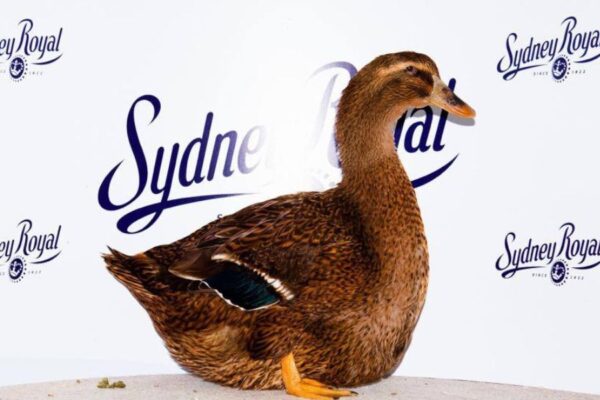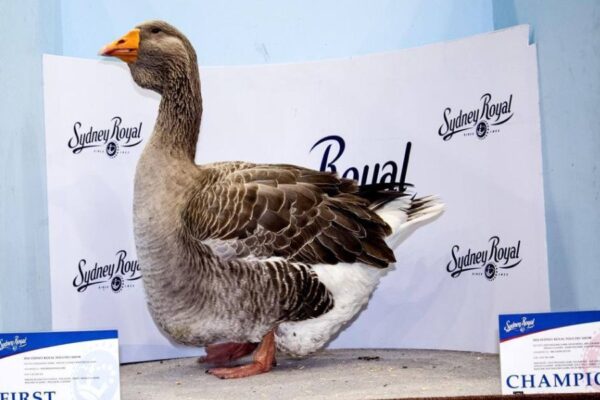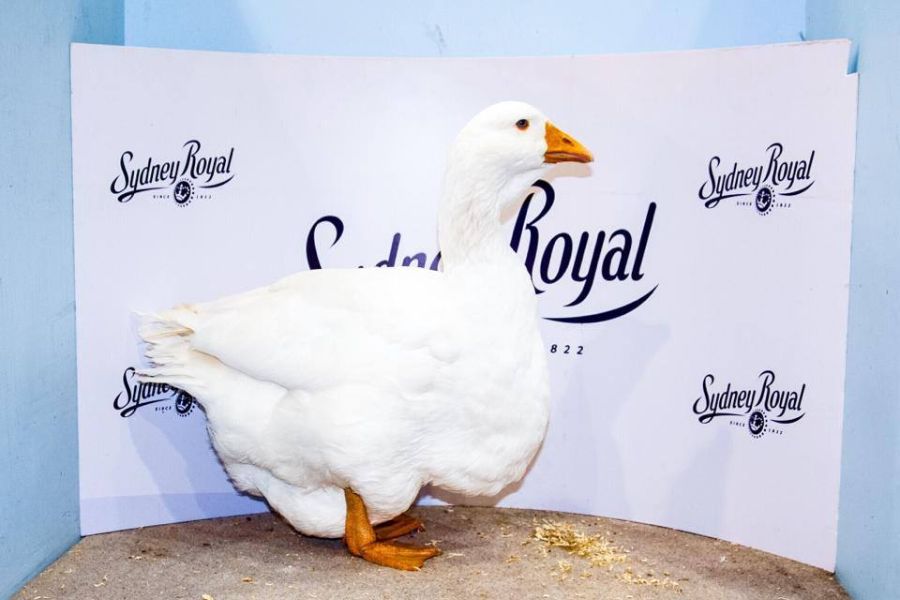Geese
5 Tips to Prepping Show Ready Waterfowl
If you are relatively new to the world of exhibiting ducks and geese, starting out can be quite overwhelming. There is a lot more involved than what can be covered in a single post. However, what I can offer are 5 recommendations for prepping your waterfowl for show competitions, which I have gathered over the years to assist you in readying for your next poultry or waterfowl event.
1. Choosing your waterfowl – The Unpredictable Factor
Picking the correct geese and ducks to showcase is arguably the most crucial aspect of exhibiting waterfowl, and it requires a long-term approach. Not only does it involve the initial steps of breeding a ‘show-ready’ flock, but understanding the preferences of the judges and tailoring your selection accordingly is vital. It is essential to form your show team based on the Australian Poultry Standards, which serve as the basis for judging. However, the ultimate decision on the winners may vary slightly based on the individual tastes of the judge. For instance, on one occasion when I had Rouens presented at a show, I knew that a particular judge would also be officiating at another event the following year. I took the initiative to inquire about his preferences for a good Rouen duck, and his response was, ‘I prefer the females to have a rich, earthy brown hue’. Subsequently, when the next show arrived where he was judging, I selected 2 ducks that I believed could win, and additionally entered what I refer to as a ‘wild card’ – a duck possessing the features he might be seeking. This practice has been a part of my strategy for years, even during my time showcasing Angora Goats. Engaging in conversations with show judges can provide valuable insights. The number of occasions where the ‘wild card’ emerged as the victor was a testament to the effectiveness of this approach.

2. Preserve the Plumage
Numerous factors contribute to achieving optimal colors in your ducks and geese, such as diet, water quality, and living conditions. Once your birds are looking their finest, how can you ensure that their appearance is maintained leading up to the exhibition? To prevent colors from fading, a great practice is to house your waterfowl in a well-shaded enclosure immediately after molting in the weeks preceding the show. This period corresponds to the peak vibrancy of their colors. By sheltering them from direct sunlight during this time, which can cause color fading, you can maintain their appearance. While this should not be a continuous practice since ducks and geese require sunlight for their overall well-being, a duration of 4-5 weeks in shaded or dappled light should not pose an issue.
3. Prepare the Space
This advice is more pertinent for those who have larger goose breeds that are allowed to roam freely. On the morning of the birds’ crating and transportation, designate a specific area for capturing and preparing the birds for transit. Ensure that this area is free of dust or mud, ideally opting for a grassy or hard surface. If the area is grass-covered and the grass is slightly long, and you plan to handle the birds early in the morning, it is recommended to initially guide a group of birds that will not be showcased through that area. This will help remove any dust or dew from the grass onto them, especially if you are presenting heavier meat breeds that may brush the ground with their bellies. For those meticulous about bird presentation, employing a leaf blower to dry out the grass can be a useful measure.
4. Focus on the Extremities… and Bills
Before crating your waterfowl, it is advisable to keep a small container of Vaseline or moisturizer handy to apply on their bills and legs (post-bathing them). This method enhances the vibrancy of their colors and ensures that their legs and bills look their best.

5. Sanitize your Containers
After diligently following the steps outlined above (and likely more), it is time to crate the birds. It is important to check that the crate or box intended for bird transportation has smooth sides to prevent feathers from catching and being damaged. Also, ensure proper ventilation to prevent the birds from overheating. If the crate is dirty or contains old shavings that will house your hopeful prize-winning birds, then all your prior efforts will have been in vain. Thoroughly clean the crate by removing any trace of mud, dust, or bird waste. Adding fresh shavings is also recommended to absorb any bird droppings during transit. By adhering to these practices, you ensure that all the hard work dedicated to preparing your waterfowl for exhibition will be validated.
Wrapping Up
As previously noted, the process of readying waterfowl for exhibition is multifaceted. The tips and tricks provided here are just a few insights you may find beneficial in elevating your bird exhibition game. It is advisable to engage with other exhibitors at shows, particularly if you are new to showcasing poultry or waterfowl. Displaying enthusiasm and a willingness to learn can often lead other exhibitors to offer guidance, fostering a supportive community among present and future poultry enthusiasts and exhibitors. After all, our shared passion for birds serves as the common ground for mutual growth and knowledge exchange.

